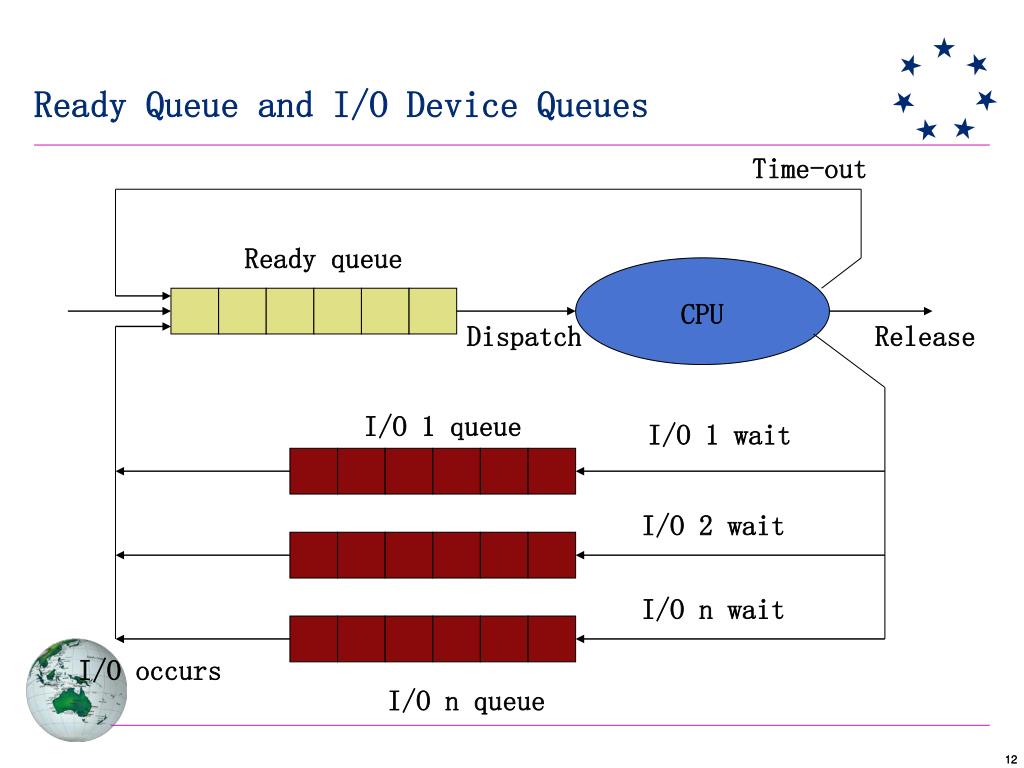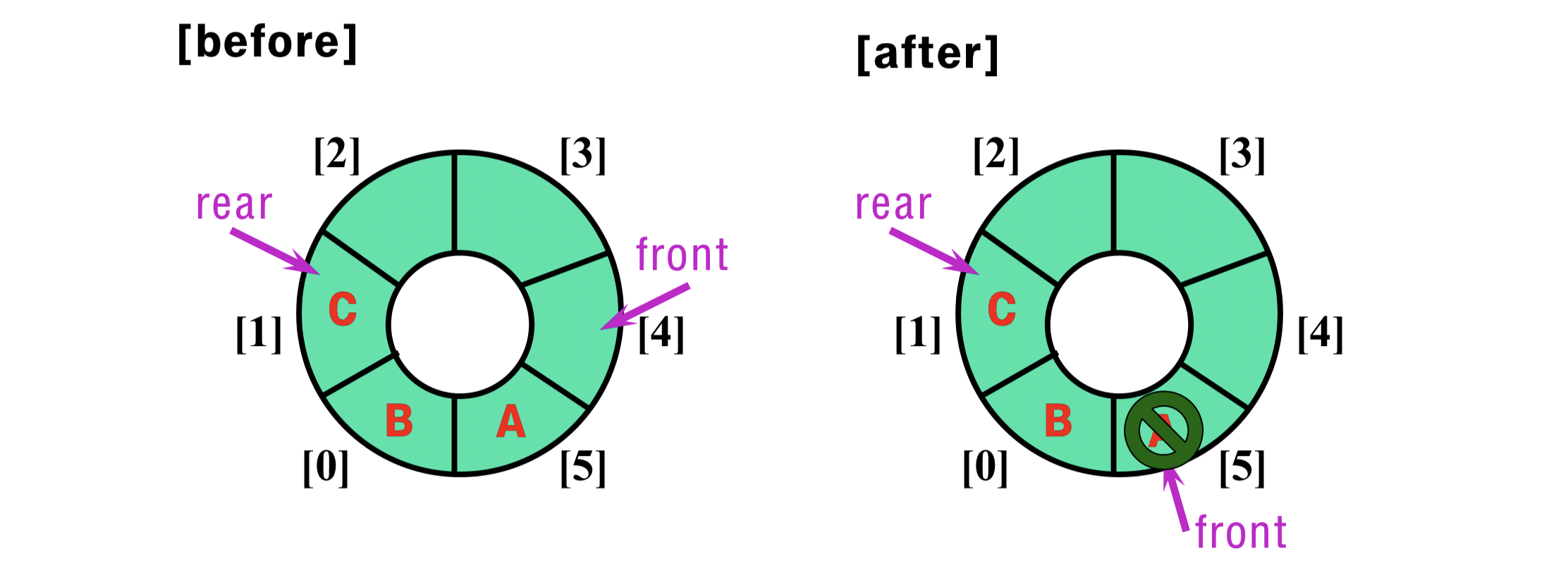

The second run is with the OS volume written into a "Steady State" utilizing SNIA's consumer guidelines. The first run is with the OS drive 75% full to simulate a lightly used OS volume filled with data to an amount we feel is common for most users. An example of a marked difference in scoring on the same drive would be empty vs. This allows us to see a marked difference between scoring that other trace-based benchmarks do not exhibit. What we see is the raw performance of the drive. The reason we like PCMark Vantage is because the recorded traces are played back without system stops.

We categorize these tests as indicative of a moderate workload environment. Benches (OS) - Vantage, PCMark 7, PCMark 8 & SYSmark 2014 SE Moderate Workload Model Even with practically no sequential write adding to the 800P's score, it still delivers a score that is better than most flash-based SSDs. We noticed this same anomaly with AS SSD when testing Optane Memory Modules as a stand-alone device. When we get to our RAID testing you will see that this issue disappears. This is not a worry at all though, because sequential data is typically read at 128KB by Windows. We only have to look back at our ATTO testing to see what happens to the 800P when sequential blocks exceed 4MB. We don't know exactly why it chokes on AS SSD's sequential write data, but it may be because it is transferred in blocks larger than 4MB. The 800P doesn't care much for AS SSD's sequential data. When you use a PC with Optane inside, you know it. Intel calls this giant performance leap "The New Normal". Optane technology is a game changer for one main reason - Optane cranks out random read performance at low queue depths that can be as much as 5x better than the fastest flash-based NVMe SSDs. They both deliver virtually the same user experience. This is why for the most part, you cannot visibly differentiate between a PC that is running an on a flash-based SATA SDD or one running on a flash-based NVMe SSD. The difference between SATA SSDs and flash-based NVMe SSDs when reading random data at low queue depths is minimal at best. Random read performance at low queue depths is where flash-based SSDs are at their weakest and where performance matters most.

Of that data, a full 75% is random read at queue depths of 1-3.

To fully understand where performance really matters, you need to be armed with the knowledge that almost all data you use on a daily basis is random in nature.


 0 kommentar(er)
0 kommentar(er)
